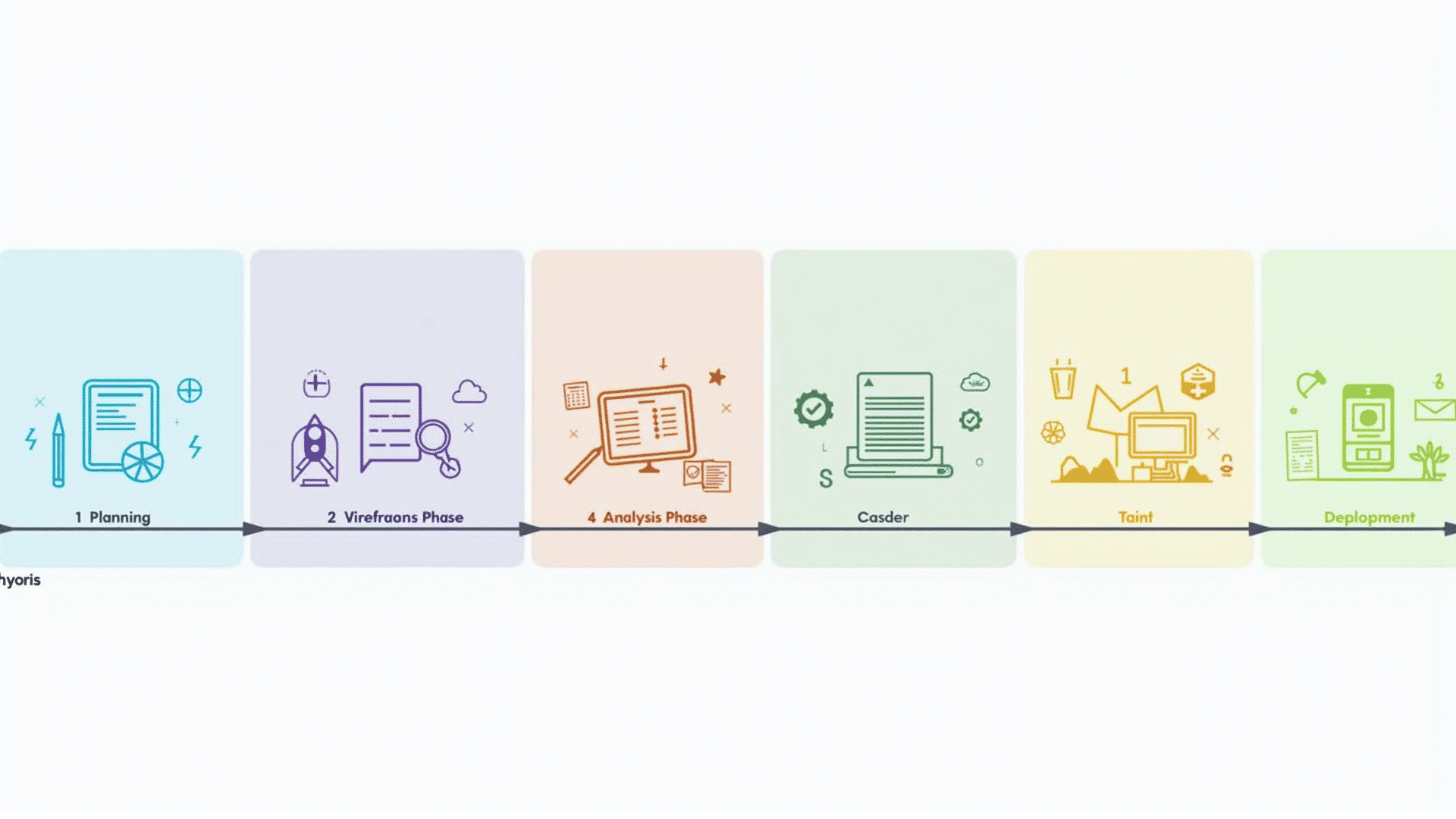Understanding the different stages involved in creating a digital product is fundamental for any aspiring developer. Each phase, from the initial conception to deployment, plays a crucial role in bringing a project to fruition. This exploration will delve into these stages and highlight their importance.
The first stage is concept development. This phase is all about idea generation and determining the purpose and functionality of the final product. Defining the target audience and their needs is crucial at this point. Understanding the problem to solve sets a solid foundation for the entire process.
Next comes the planning phase, where the scope and timeline are established. This involves breaking down the project into manageable parts and setting goals for each segment. A well-crafted plan serves as a roadmap, ensuring the project aligns with initial objectives and stays on track.
The design phase is where creativity meets functionality. User interface and experience design are meticulously crafted to ensure the outcome is both aesthetically pleasing and user-friendly. Wireframes and prototypes are developed, providing a blueprint for how the final product will function and look.
Development is the heart of this process, where ideas and plans become reality. Coding begins, and the previously designed prototypes are transformed into a functioning product. Collaboration among team members is vital, ensuring that code is written efficiently and effectively.
Testing follows development and is a critical step to ensure reliability and performance. This phase involves identifying and fixing any defects. Both manual and automated tests are employed to cover different scenarios, from functionality to usability.
Once testing is complete, the deployment phase commences. This is when the product is released into the production environment, allowing end users to interact with it. Careful monitoring is required to swiftly address any issues that may arise after deployment, ensuring a seamless user experience.
Finally, the maintenance phase ensures the product remains functional and relevant over time. Updates, bug fixes, and enhancements are part of this ongoing process, adapting to changing user needs and technological advancements.
Each of these phases is integral to the creation and longevity of a digital product. For developers, understanding this lifecycle not only enhances project success but also ensures they are well-prepared for any challenges along the way.
